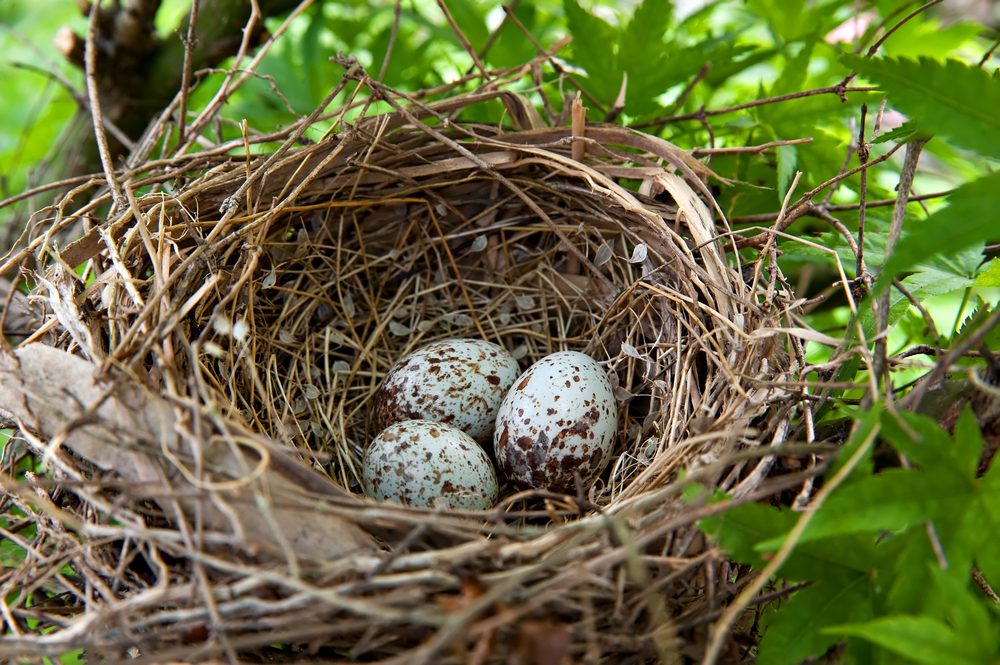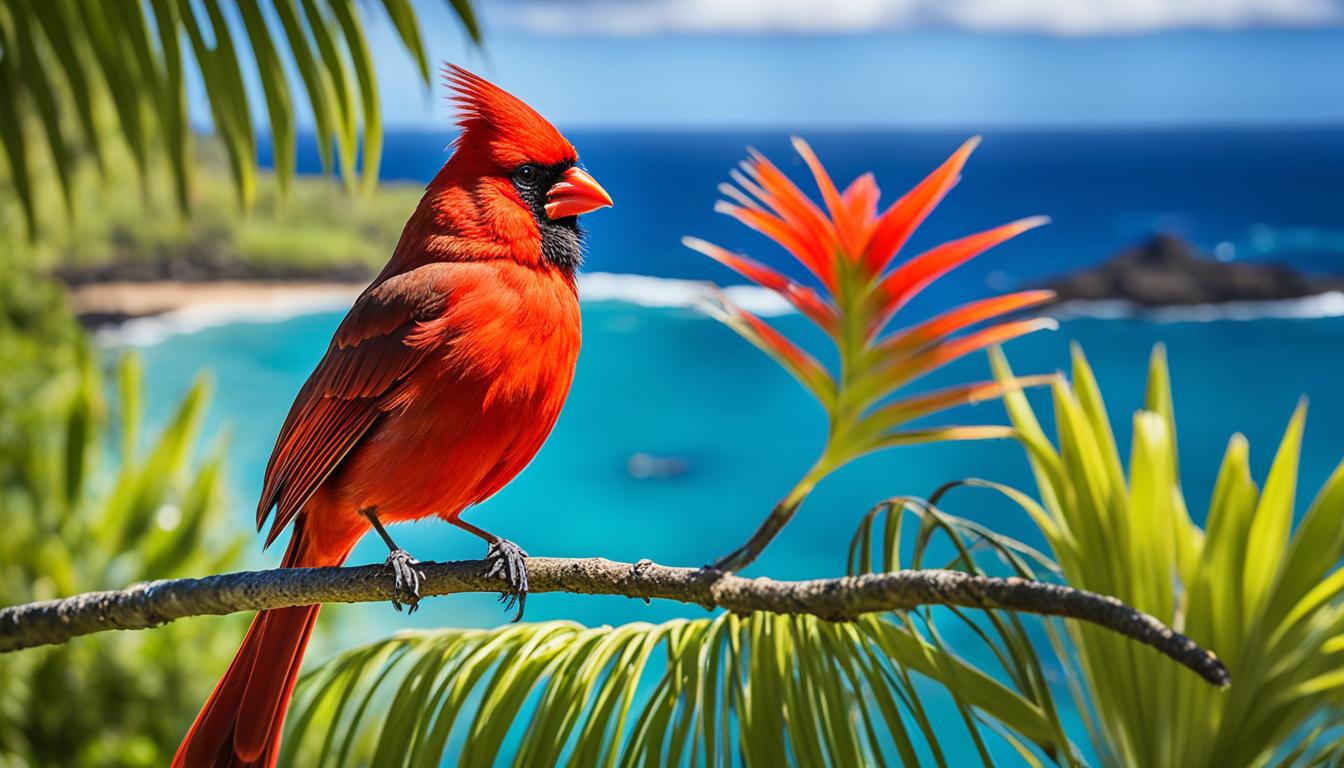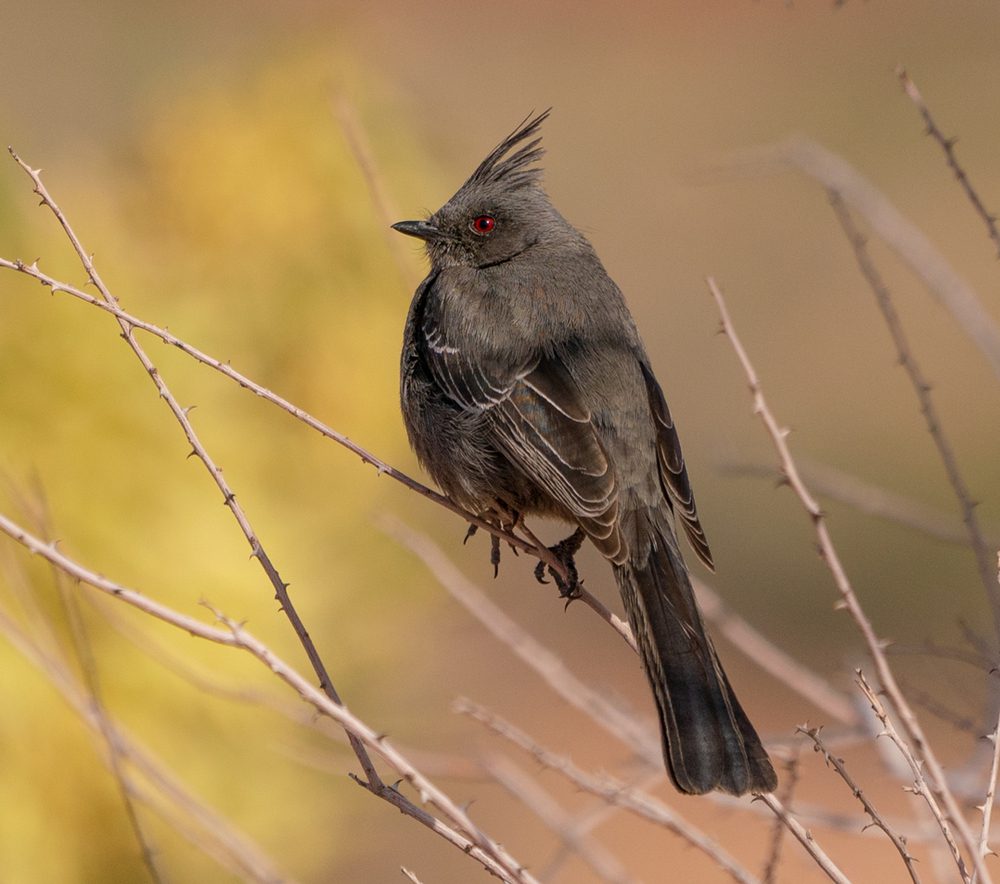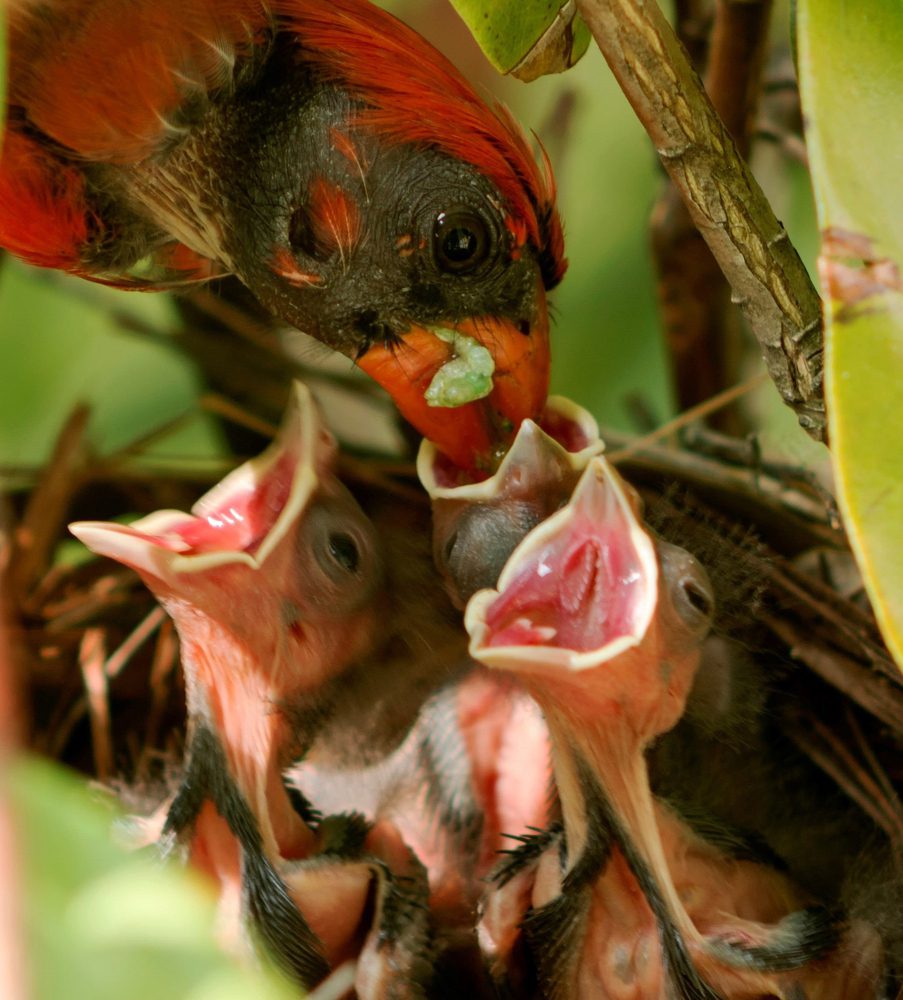There is a diversity of black birds in Ohio. From the familiar Red-winged Blackbird to the less common grackle, black birds occupy a range of habitats across the state. Their varied songs and interesting behaviors make them a joy to observe for birders. Understanding the different species present provides insight into Ohio’s ecosystems.
Ecological Importance of Ohio’s Black Birds
Black birds play vital ecological roles in Ohio. As insect eaters, seed dispersers, and prey species, they help shape local habitats. Their migrations also connect ecosystems across continents. Protecting black birds helps maintain healthy, functioning environments for all wildlife.
Table of Contents
The 10 Most Common Black Birds in Ohio
Common Grackle

With their iridescent feathers and raucous calls, Common Grackles are a conspicuous sight. Though sometimes considered pests, these gregarious birds are adaptable and intelligent. Their populations have exploded in recent decades as they’ve learned to thrive in human-altered areas.
Red-winged Blackbird
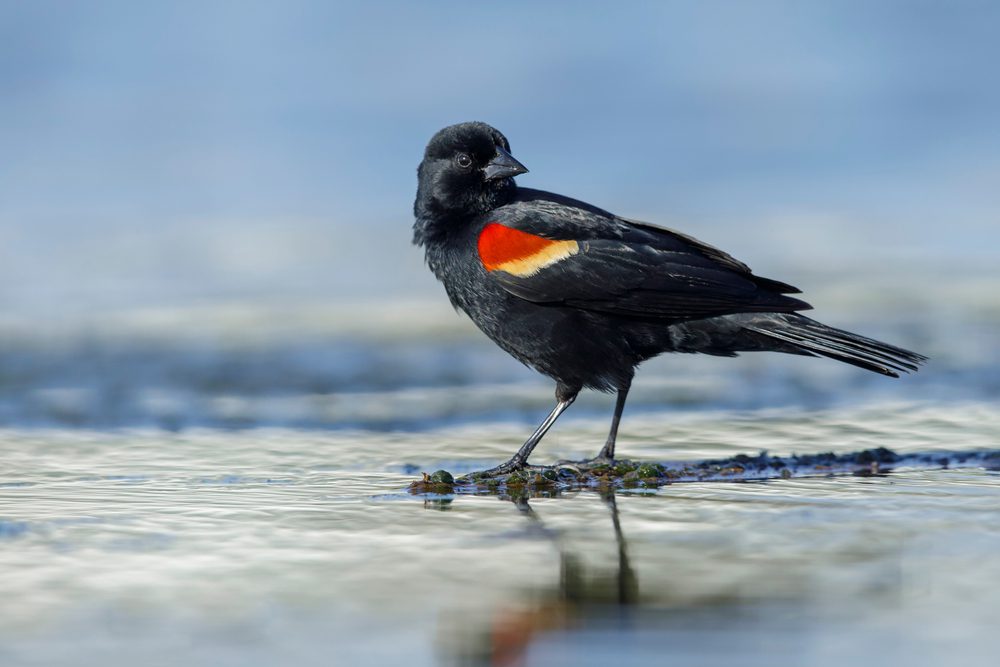
The Red-winged Blackbird is likely Ohio’s most abundant and recognizable black bird. The males defend breeding territories with their signature red shoulder patches on display. These birds congregate in huge flocks outside of breeding season, swarming fields and marshes to feed.
Common Raven
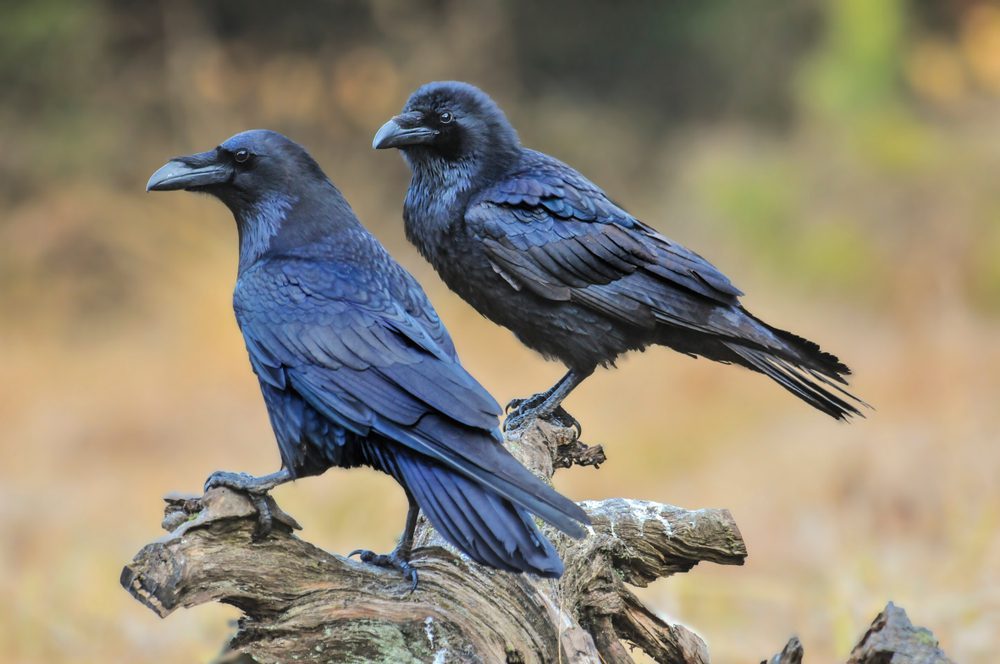
With wingspans over 3 feet, Common Ravens are Ohio’s largest songbirds. Once rare, their numbers have rebounded thanks to conservation efforts. Their loud croaks echo as they soar over forests and towns. Intelligent and playful, ravens even love to play pranks on each other.
Brown-headed Cowbird

Brown-headed Cowbirds have an unusual breeding strategy. The females lay eggs in other birds’ nests, leaving the parenting duties to other species. The young cowbirds often outcompete their nestmates. Though fascinating, this behavior threatens some vulnerable songbirds.
European Starling
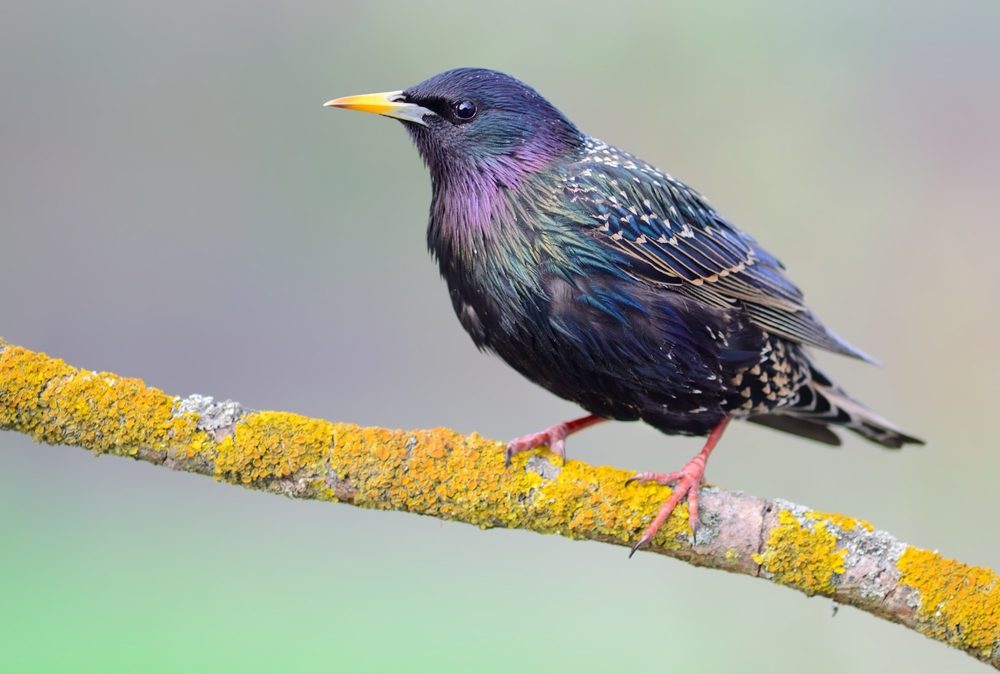
Brought to North America in the late 1800s, European Starlings are now abundant across Ohio. They nest in tree cavities, buildings, or other structures in urban and rural areas. Though invasive, they put on spectacular aerial displays called “murmurations” around dusk during winter months.
Rusty Blackbird
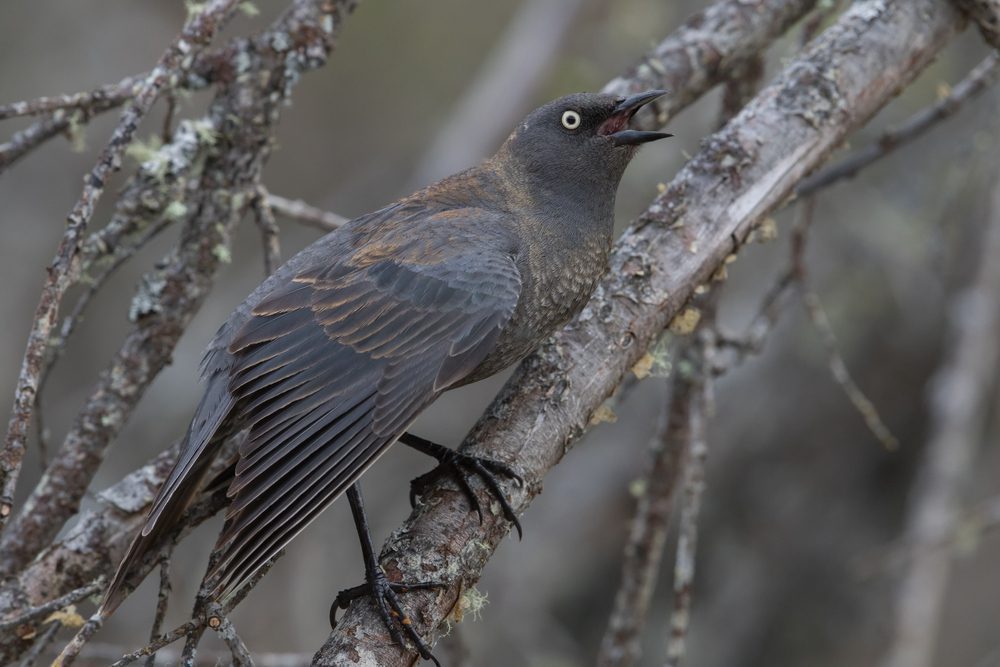
Once common, Rusty Blackbird numbers have plummeted by over 85% since the 1960s due to habitat loss. These striking birds breed in wooded wetlands then roam widely in winter. Birders admire their yellow eyes and song, which sounds like squeaky wheels.
Brewer’s Blackbird
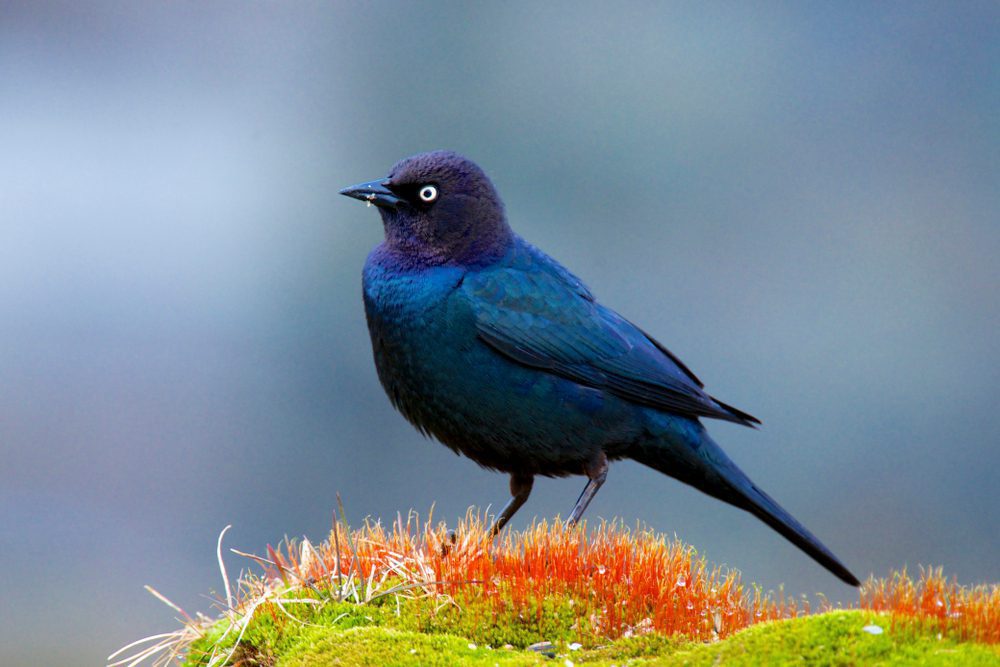
Found locally across Ohio, Brewer’s Blackbirds thrive in open habitats near water. The males have striking yellow eyes and iridescent feathers. They’re very social, traveling and nesting in loose colonies. Outside breeding season, huge flocks wander agricultural areas and grasslands.
Yellow-headed Blackbird

Yellow-headed Blackbirds summer in Ohio’s western wetlands and are rare elsewhere in the state [1]. The males are unmistakable with black bodies and bright yellow heads and breasts. They have a complex repertoire of musical calls used to defend territories and attract mates.
Brown-headed Nuthatch
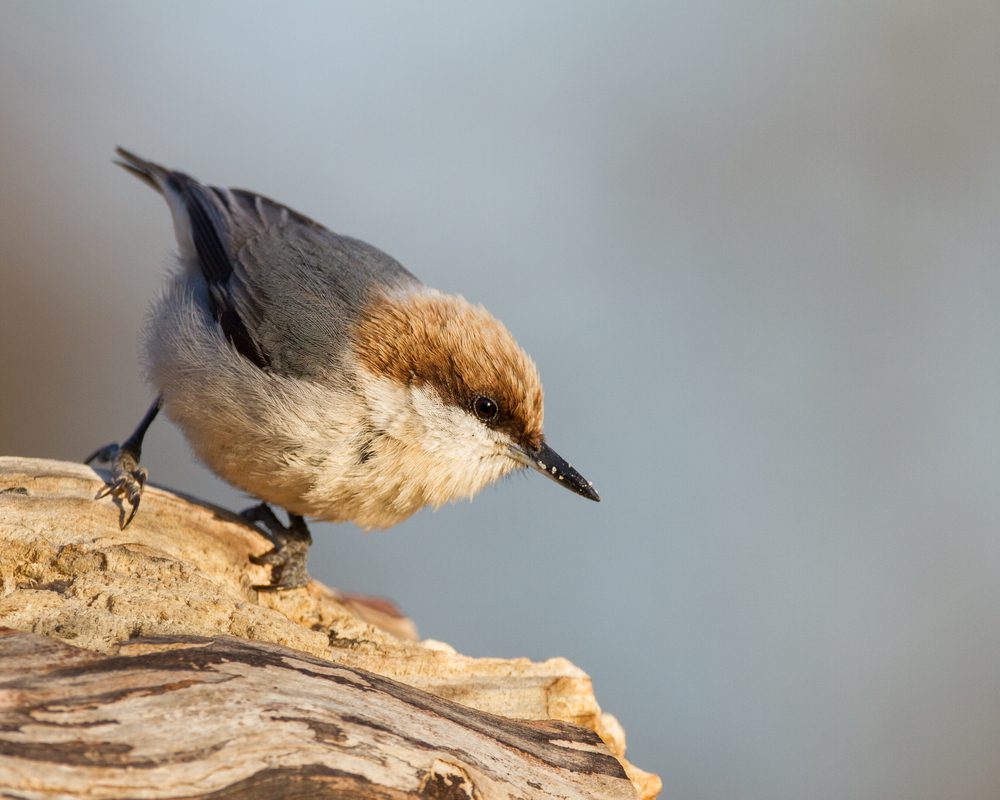
Brown-headed Nuthatches breed across southern Ohio, where they inhabit mature pine forests. These tiny acrobats forage for insects along branches and tree trunks. With declining habitat, they are endangered in Ohio but still hang on in isolated pockets of habitat.
Black Vulture
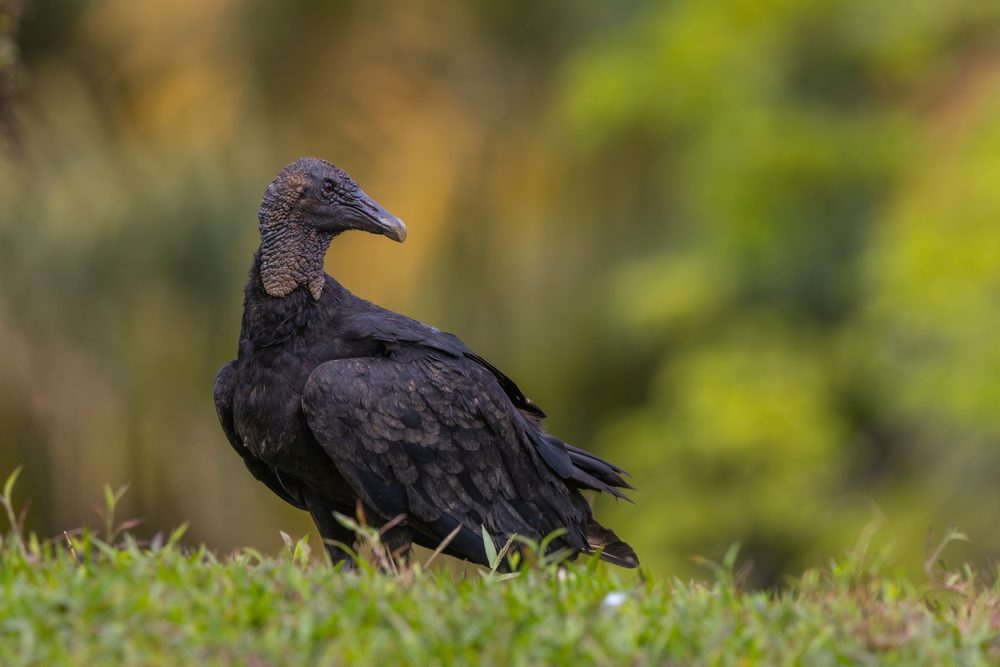
With 6 foot wingspans, Black Vultures are impressive sights overhead. They play a key role as scavengers, cleaning up carcasses across the state. Though not songbirds like smaller black bird species, their hisses and bill-clapping provide an interesting soundtrack at their roosts.
Characteristics and Behaviors of Ohio’s Black Birds
Unique Traits of Each Species
Ohio’s black birds showcase an incredible diversity of sizes, shapes, songs, and behaviors. From tiny nuthatches to giant ravens and vultures, this variety helps them occupy ecological niches across the state. Each species boasts unique adaptations allowing them to thrive.
Habitat Preferences
Ohio’s habitats range from Lake Erie coastal marshes to Appalachian forests and sprawling agricultural regions. Different black bird species prefer specific areas matching their needs for food, nest sites, and cover. Understanding these habitat preferences provides insight on where to find various black birds.
Conservation Status
While some black birds like Red-winged Blackbirds and Common Grackles thrive with human changes to Ohio’s landscape, others struggle. Habitat loss and degradation threaten species like Rusty Blackbirds and Brown-headed Nuthatches. Knowing conservation needs allows efforts to help vulnerable birds.
Exploring Ohio’s Birding Hotspots
Diverse Habitats for Bird Watching
Ohio offers abundant places to discover black birds in their natural habitats. Reserves like Magee Marsh protect critical wetlands where many species breed. Parks and nature preserves provide glimpses of forest-dwellers like Common Ravens. Even backyards draw in visitors like European Starlings and Brown-headed Cowbirds.
Unique Birding Experiences
In addition to seeing new species, Ohio’s black birds provide unique birdwatching experiences. Huge flocks of Red-winged Blackbirds or Common Grackles in winter are mesmerizing sights. The aerial maneuvers of courting Common Ravens delight observers. Discovering the range of behaviors Ohio’s black birds display offers endless fascination.
Conclusion
Encouragement for Birding Enthusiasts
For birders interested in Ohio’s avifauna, black birds provide an excellent starting point. They range from abundant species easy for beginners to identify to local rarities needing patience and skill to find. Learning their songs, behaviors and role in local habitats provides a gateway to understanding ecosystems. Observing them allows unique connections to the natural world around us.


